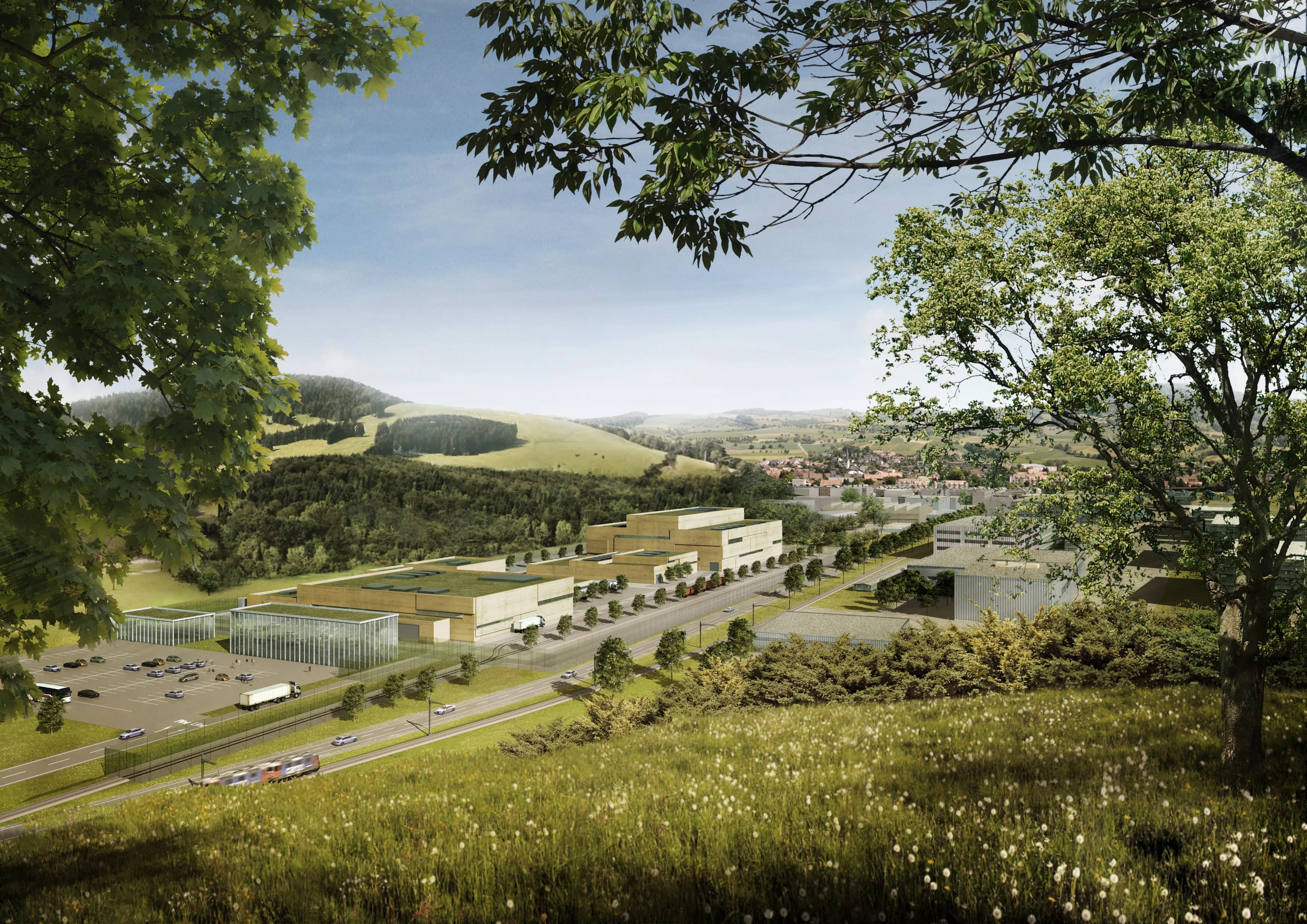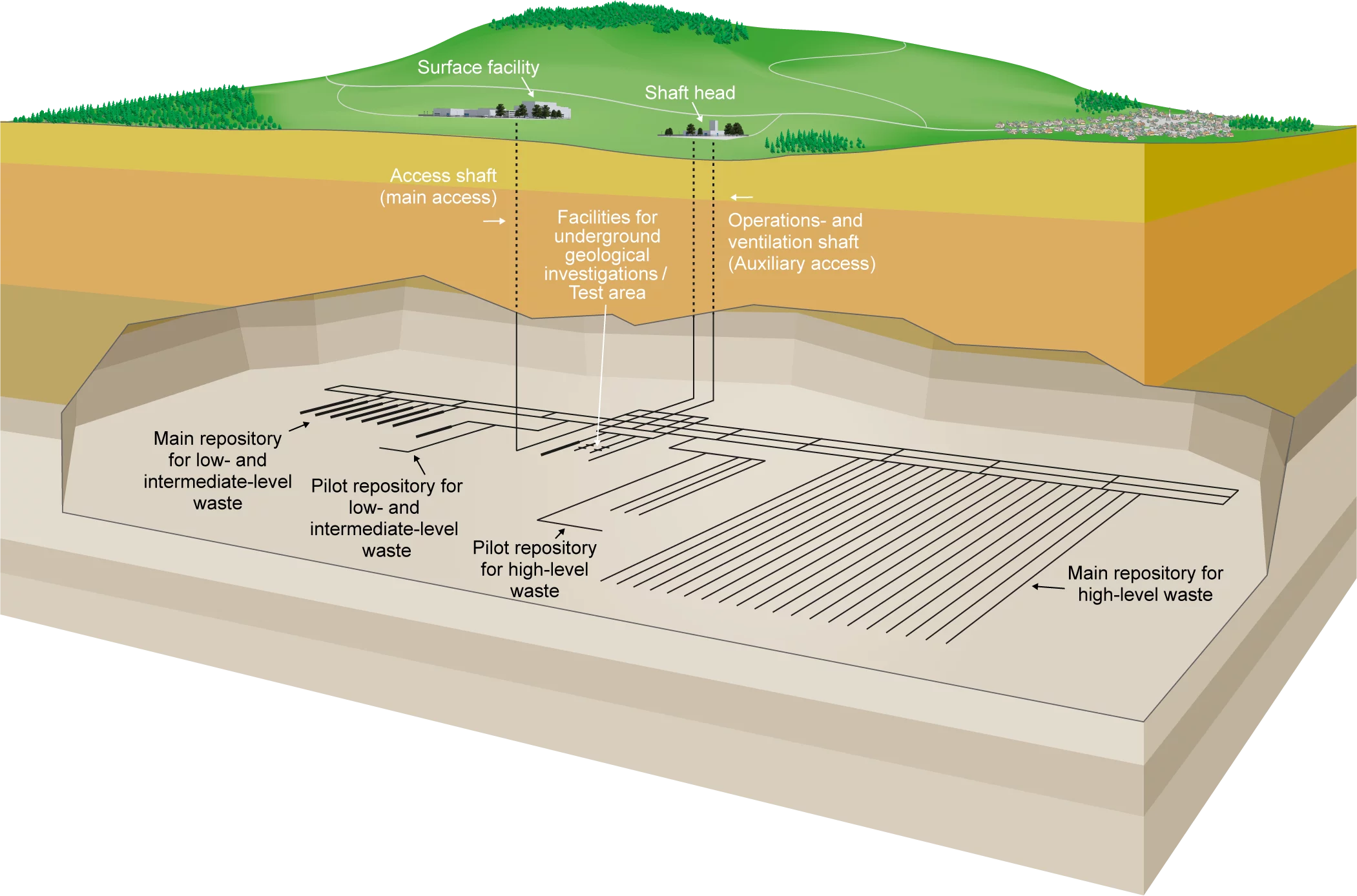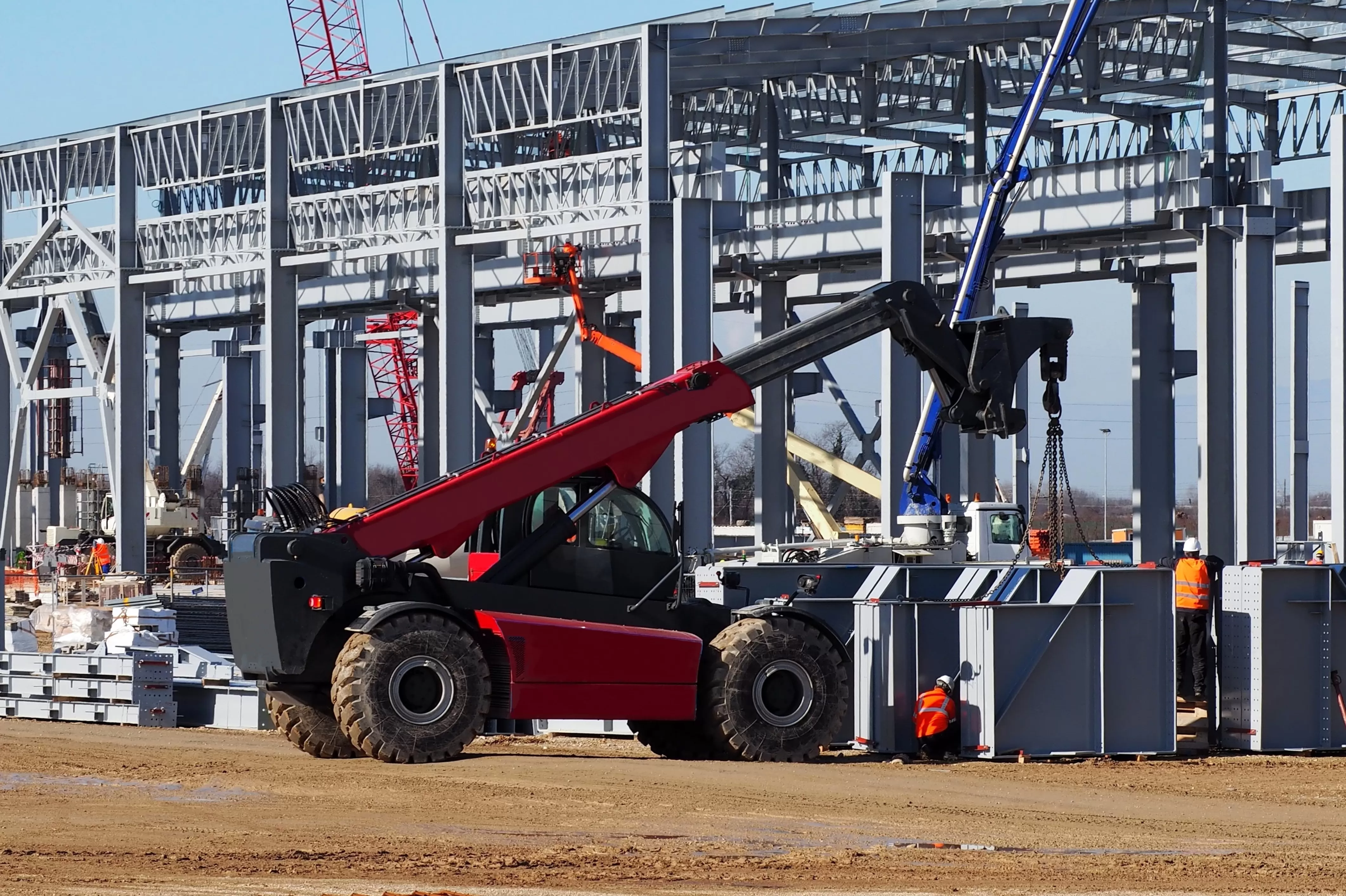
A combined repository for radioactive waste?
Radioactive waste types differ in their properties. For this reason, low- and intermediate-level waste (L/ILW) and high-level waste (HLW) have to be disposed of in separate facilities. In Switzerland, two deep geological repositories are foreseen at two different sites: one for low- and intermediate-level waste and one for high-level waste. The alternative would be a combined repository for both waste types at a joint site. This would have several advantages.
Prerequisites for a combined repository
A combined repository shares the infrastructure at the surface but it has two separate repository sections underground, one for low- and intermediate-level waste and one for high-level waste. To allow Nagra to construct a combined repository, it will have to meet certain federal stipulations. For example, a suitable repository site has to have enough available space for both repository sections, and these should not affect one another other adversely in the long term. ENSI provides a detailed list of stipulations (in German). Based on present-day knowledge, all three potential siting regions have enough space for a combined repository. The decision as to whether Nagra can realise a combined repository will be taken in a few years’ time. As described in the following section, a combined repository has clear advantages over two individual repositories.

Advantages of a combined repository
Compared to two individual repositories, a combined repository requires fewer surface facilities and repository accesses, halving the space requirements at the surface. The lower construction volume of the surface infrastructure, the lower volume of the excavated material during construction and the lower consumption of resources and energy, and resulting reduction in CO2 emissions, also point in favour of a combined repository. In addition, there are cost benefits: a combined repository costs around CHF 1.5 billion less than two individual repositories.
In the case of a combined repository, the ecological and socio-economic impacts concentrate on a single site or region but compared to two individual repositories, the cumulative impact is significantly lower. In addition, personnel requirements are lower for a combined repository than in two individual repositories, and the workers on site can be retained for longer operational periods.
